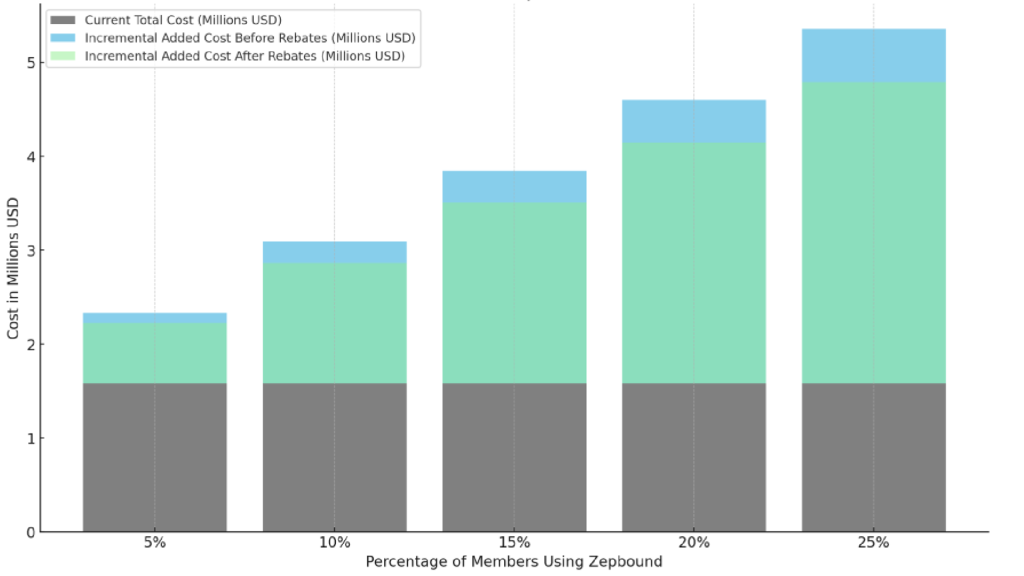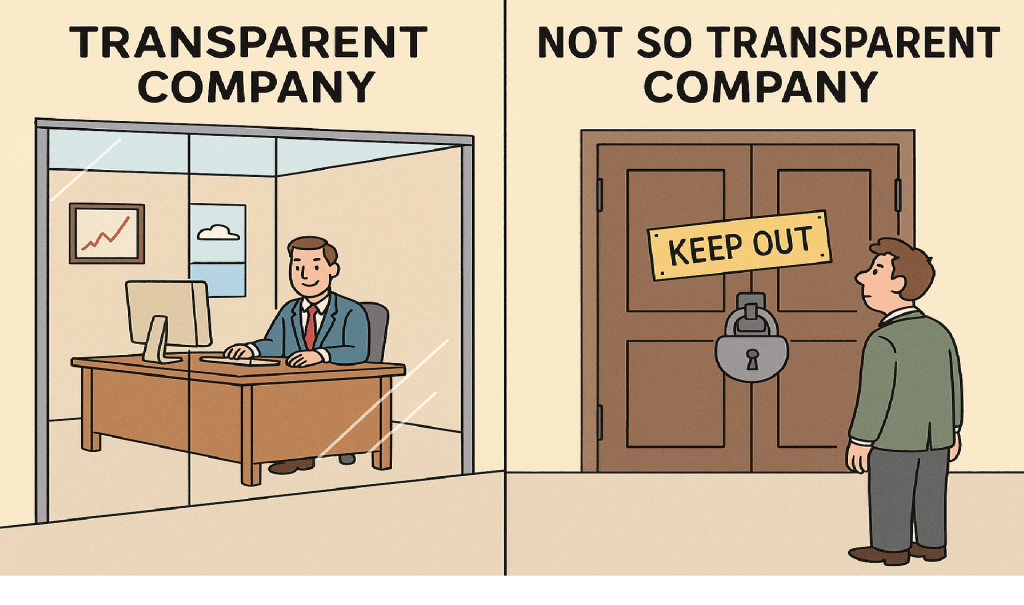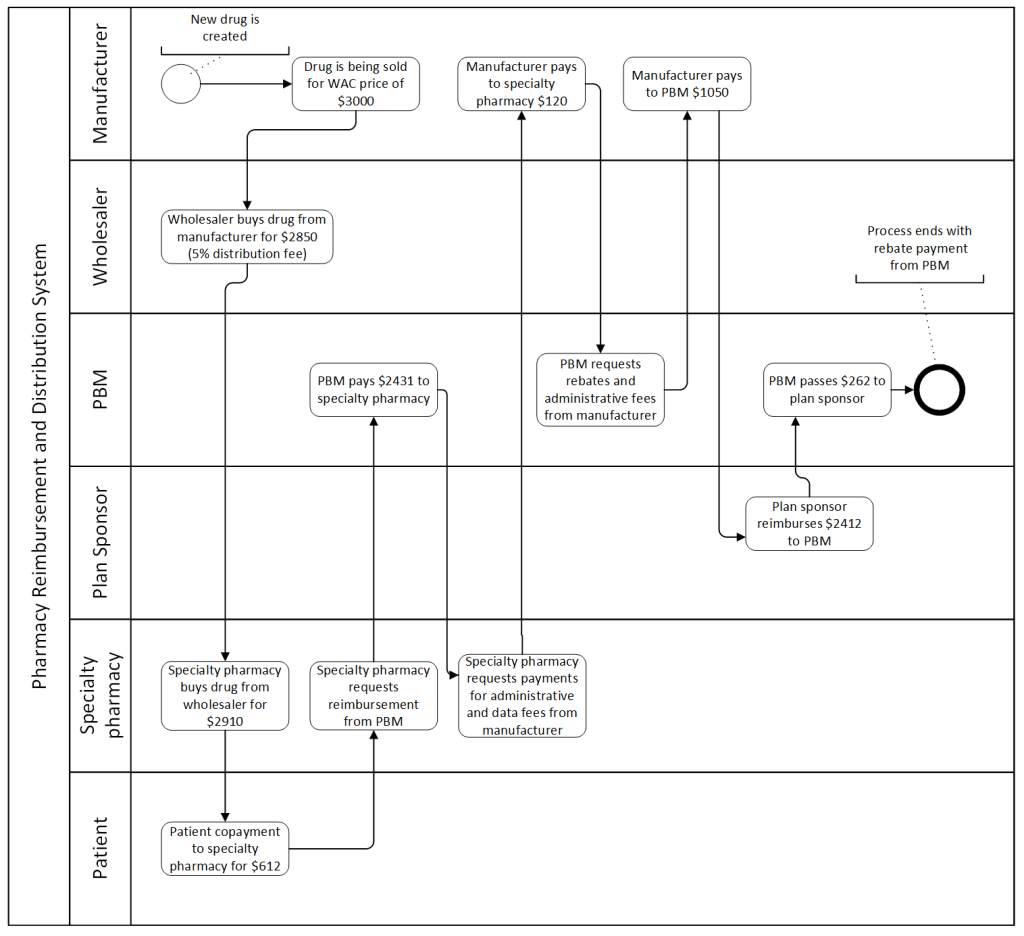Patients Taking Newer Weight Loss Drugs Likely to Return to Their Original Weight Within 2 Years, Study Says [News Roundup]
Patients Taking Newer Weight Loss Drugs Likely to Return to Their Original Weight Within 2 Years and other pharmacies bear the impact and other notes from around the interweb:
- Patients Taking Newer Weight Loss Drugs Likely to Return to Their Original Weight Within 2 Years, Study Says. A new analysis discovered that patients who stop using weight loss drugs like Wegovy and Mounjaro are likely to regain the total weight they had lost in less than two years. The review, conducted by the University of Oxford’s Biomedical Research Centre, sought to measure weight gain after stopping the use of weight loss medication, or GLP-1 receptor agonists. Researchers determined that ceasing older weight loss medications resulted in a return to original weight within one year — and less than two years for newer weight loss medications.
- Stuck in the Middle: Self-Funded Health Plans and Recent Challenges to State PBM Laws. In recent years, prescription drug prices have been top-of-mind for state legislators, who have responded by passing laws that seek to control that pricing in a variety of ways, including by regulating pharmacy benefit managers (PBMs). While states are permitted to regulate fully insured products offered in their state, including mandating the benefits that insurers must offer, the Employee Retirement Income Security Act of 1974, as amended (ERISA) preempts state laws that impermissibly relate to self-funded employer-sponsored health plans that are subject to ERISA.
- The Uneven Landscape of Prescription Coverage and Restrictions Across U.S. Insurance. Medicaid, often viewed as a safety net, covers the broadest share of prescribed drugs but imposes more restrictions than any other insurance type. Medicare, by contrast, covers the least drugs while restricting access for nearly half of the drugs that are covered. Commercial insurance, typically employer-sponsored or purchased individually, falls in the middle in terms of drug coverage but has the fewest coverage limitations, like prior authorization, quantity limits, and step therapy.
- Costs of Extending the Small Molecule Exemption Period in Medicare Drug Price Negotiation. The Inflation Reduction Act (IRA) of 2022 empowered Medicare to negotiate prices for certain prescription drugs with high levels of Medicare spending. However, prices for new drugs cannot be negotiated immediately after Food and Drug Administration approval due a statutory waiting period. For small molecule drugs (chemical compounds that are usually pills, e.g. empagliflozin [Jardiance]), prices are negotiated at year 7 and take effect 9 years after FDA approval. For biologics (derived from a living organism or its cells and that are usually injections, e.g. insulin), negotiation occurs starting after 11 years, and the negotiated prices take effect at year 13.
Why TransparentRx Is Your Trusted Partner for Smarter Pharmacy Benefits
At TransparentRx, we specialize in delivering fiduciary pharmacy benefit management services that prioritize transparency, cost containment, and optimal patient outcomes. Our unique approach helps self-funded employers, benefits consultants, and health plan sponsors navigate the complexities of pharmacy benefits while reducing costs and enhancing care.
If you’re ready to take control of your pharmacy benefit strategy and eliminate hidden fees, contact TransparentRx today for a consultation. Let us help you achieve smarter, more effective benefits management.






